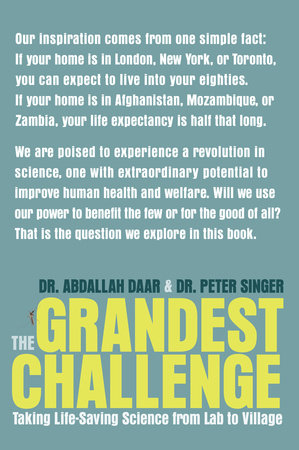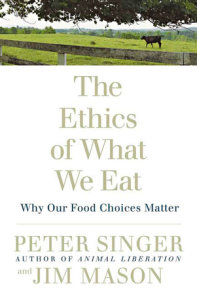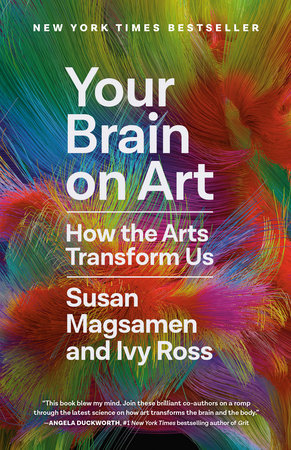

Add to Bookshelf
The Grandest Challenge
By Abdallah Daar and Peter Singer
By Abdallah Daar and Peter Singer
By Abdallah Daar and Peter A. Singer
By Abdallah Daar and Peter A. Singer
Best Seller
Category: Science & Technology
Category: Science & Technology

Paperback
$22.00
Jan 15, 2013 | ISBN 9780385667197
-
$22.00
Jan 15, 2013 | ISBN 9780385667197
-
Sep 20, 2011 | ISBN 9780307368171
YOU MAY ALSO LIKE
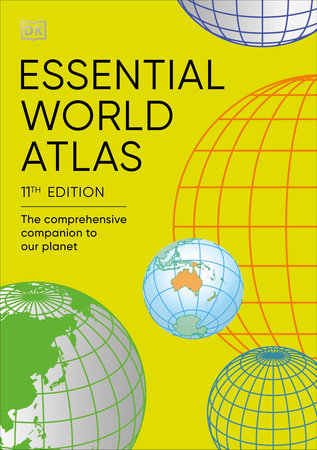
Essential World Atlas
Trade Paperback
$16.00
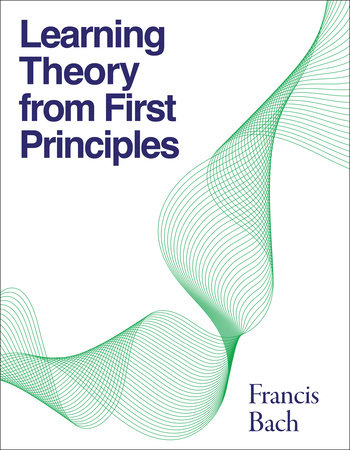
Learning Theory from First Principles
Hardcover
$80.00

Codename Revolution
Trade Paperback
$30.00

Multi-Agent Reinforcement Learning
Hardcover
$70.00

Collaborative Intelligence
Trade Paperback Original
$65.00
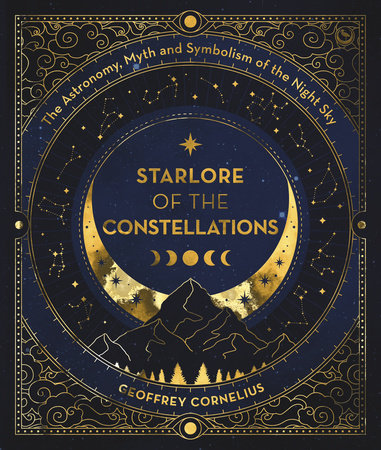
Starlore of the Constellations
Trade Paperback Original
$22.95
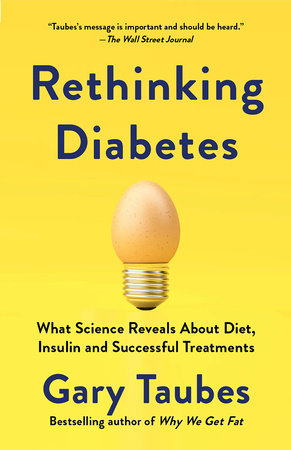
Rethinking Diabetes
Trade Paperback
$20.00

Too Much Fun
Trade Paperback Original
$30.00

Log-Linear Models, Extensions, and Applications
Trade Paperback
$95.00
Praise
Praise for The Grandest Challenge
“The Grandest Challenge is not only enlightening, solution orientated and deeply personal but it also encourages the reader to challenge the existing norm and encourages us to ask ourselves pivotal questions.”
—The Independent (UK)
Looking for More Great Reads?
21 Books You’ve Been Meaning to Read
21 Books You’ve Been Meaning to Read
×
Become a Member
Just for joining you’ll get personalized recommendations on your dashboard daily and features only for members.
Find Out More Join Now Sign In






